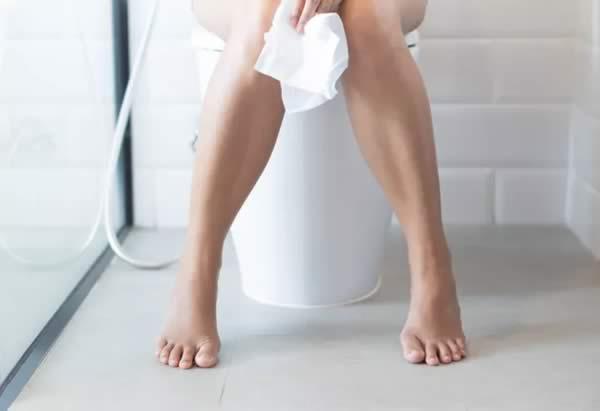
Heather Jeffcoat, DPT
Everyone Has to Pee… Should You Use a Squatty Potty?
A squatty potty or toilet stool can make it easier to have a bowel movement, particularly if you’re dealing with constipation. But is it worth sitting on one just for peeing too?
The answer is yes.
A deep squat position or feet on a toilet stool is preferred for both urinating and bowel movements,”
says Heather Jeffcoat, DPT, owner of Femina Physical Therapy in Los Angeles and President of the Academy of Pelvic Health Physical Therapy.
Here’s why it helps, and how to know if you need one.
How Toilet Stools Help You Pee
A toilet stool or squatty potty can help you empty your bladder more completely, experts say. To understand why, it helps to know a little bit about how the whole urination process works.
Urine is held in by your bladder, a muscle supported by your pelvic floor, until you’re ready to release it. “When you decide you’re ready to pee, you relax your pelvic floor muscles and the bladder muscle contracts to help the urine move from the bladder through the urethra and out of your body,” explains Amanda Shipley, PT, DPT, owner of Renew Pelvic Health in Atlanta.
Urination should feel totally passive — in other words, the urine should flow right out without any pushing or straining on your part, whether you’re sitting on a toilet or standing up. But sitting in a full squat or using a toilet stool (which brings you closer to a squat-like position) can encourage the bladder to be emptied more fully.
“The full squat position is associated with a higher flow rate and lower post-void residual, meaning less is leftover in your bladder, compared to a seated position on a Western toilet,” Jeffcoat says.
Full and complete voiding can help reduce the chance that a little bit of urine gets left behind in your bladder, which can up the risk for urinary tract infections, Jeffcoat explains. So if you’re prone to UTIs, using a toilet stool or squatty potty to pee might be especially beneficial.
So should you use a squatty potty or not? Click here to continue to the full article on the Livestrong website.
